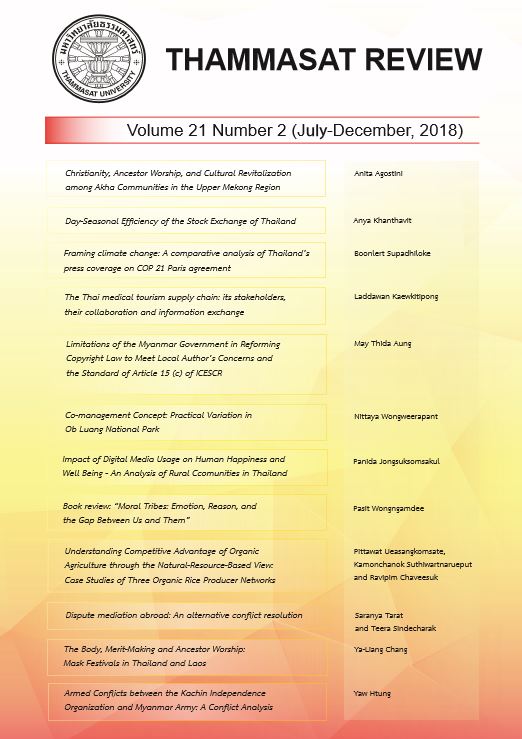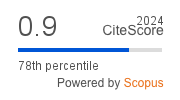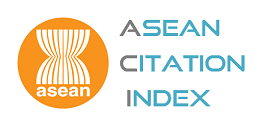Book review: “Moral Tribes: Emotion, Reason, and the Gap Between Us and Them”
Keywords:
Morality, Moral philosophy, Metamorality, Conflicts, TribalismAbstract
Combining psychological experiments with philosophical debates, Joshua Greene, the author of Moral Tribes, proposes metamorality to overcome modern day’s conflicts escalating from the gap between us and them. Greene argues that humans are naturally tribalistic, as evidenced by our two modes of brain: the automatic mode and the manual mode. The automatic mode controls common sense while the manual mode controls deliberation. However, by nature humans use the automatic mode far more often, influencing people to draw the line between tribes, automatically making us and them. To overcome this problem arising from the automatic mode, Greene proposes that people need metamorality which is grounded on manual mode thinking. His proposal is utilitarianism. Greene argues that moral schools such as Kantian and Rawlsian are grounded on the automatic mode, and they are not useful for solving tribalism. In Greene’s view, unlike Kantian and Rawlsian, utilitarianism is grounded on the manual mode, as utilitarianism involves cost-benefit analysis and deliberation. Utilitarianism does not adhere to certain rules but focuses on what ultimately works best. Greene believes that such philosophical thinking may create rooms where tribes can discuss and reach common agreement. Nevertheless, Greene’s proposal is still questionable, as utilitarianism is widely criticised that it might justify violence, and excessively hypothetical. Most of all, Greene’s support for utilitarianism can also be considered as tribalistic and biased. Altogether, Moral Tribes may be thought-provoking and fun to read, but its proposal is not yet satisfactory.
Downloads
Published
How to Cite
Issue
Section
License
The opinions and ideas expressed in all submissions published in Thammasat Review are solely that of the author(s) and do not necessarily reflect that of the editors or the editorial board.
The copyright of all articles including all written content and illustrations belong to Thammasat Review. Any individuals or organisation wishing to publish, reproduce and distribute a particular manuscript must seek permission from the journal first.








